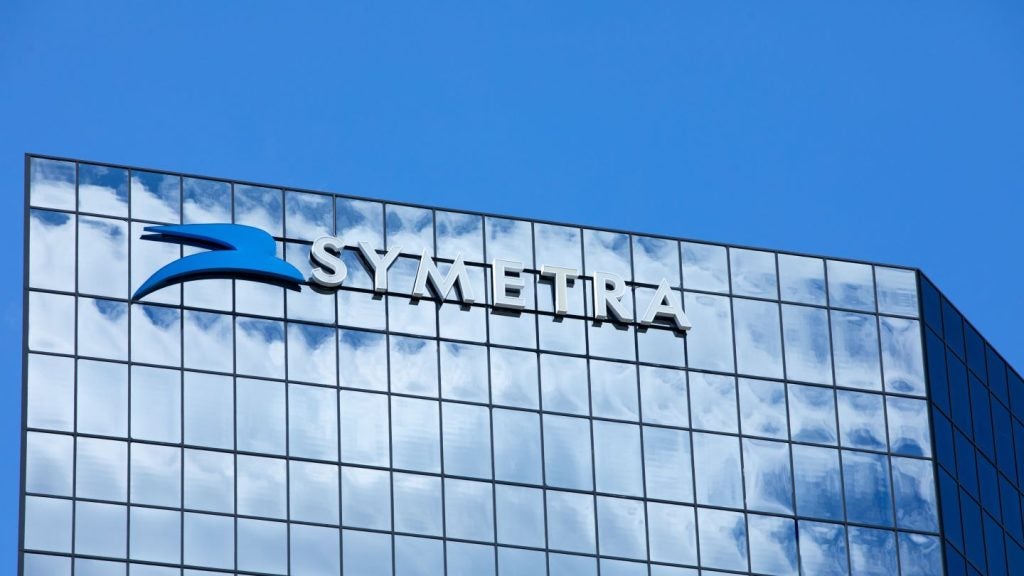
The UK's Association of Professional Financial Advisers (APFA) has published its third annual report highlighting the direct and indirect costs of regulation on adviser businesses.
APFA’s research estimated that on average, small to mid-sized firms, those with revenue of less than £1m, ($1.2m) spent £32k on the direct and indirect costs of regulation in 2015, an increase from £28k the previous year.
The costs of fees and levies for regulatory bodies also went up for nearly every size of firm, with the average fee and levy payout rising a third from £6k to £9k for all firms with less than £1m in revenue.

US Tariffs are shifting - will you react or anticipate?
Don’t let policy changes catch you off guard. Stay proactive with real-time data and expert analysis.
By GlobalDataOverall, APFA said small to medium firms spend 11% of their revenue on costs associated with regulation.

Source for bar chart: APFA
Given the current size of the market and number of clients, APFA – the representative body for the financial adviser profession – said this means the average client is paying approximately £160 each year towards the cost of regulation.
APFA said its research is particularly relevant at a time when concern within the industry and amongst politicians and regulators about the “advice gap” remains at an all-time high and where there are some consumers who would like financial advice but who cannot afford it.
As in the previous two years, APFA said the consensus amongst advisers is that regulatory costs – be they direct or indirect – have been steadily increasing over recent years.
Several advisers mentioned in the detail the impact on their businesses with some specifically citing the high costs of regulation as the reason behind either joining/remaining with a network or “[turning down] more work which becomes commercially unviable”.
Nearly all the comments mentioned the FSCS (the Financial Services Compensation Scheme (FSCS). levies specifically. Adviser comments on the FSCS included some from those who felt that they had seen significant recent increases in their FSCS fees e.g. a “tripl[ing] over the previous two years”.
This is in line with the survey finding that for all firms with revenue of less than £1m, the average amount spent on direct fees increased from £6k to £9k.
Others took the opportunity to outline their opposition to the current FSCS approach, describing the FSCS levy “…as presently constituted…a pure moral hazard” or saying that “[the] FSCS is the good guys paying for the bad guys and must be overhauled”.







